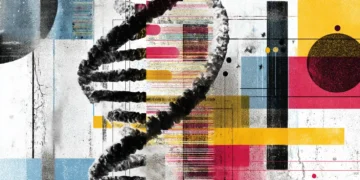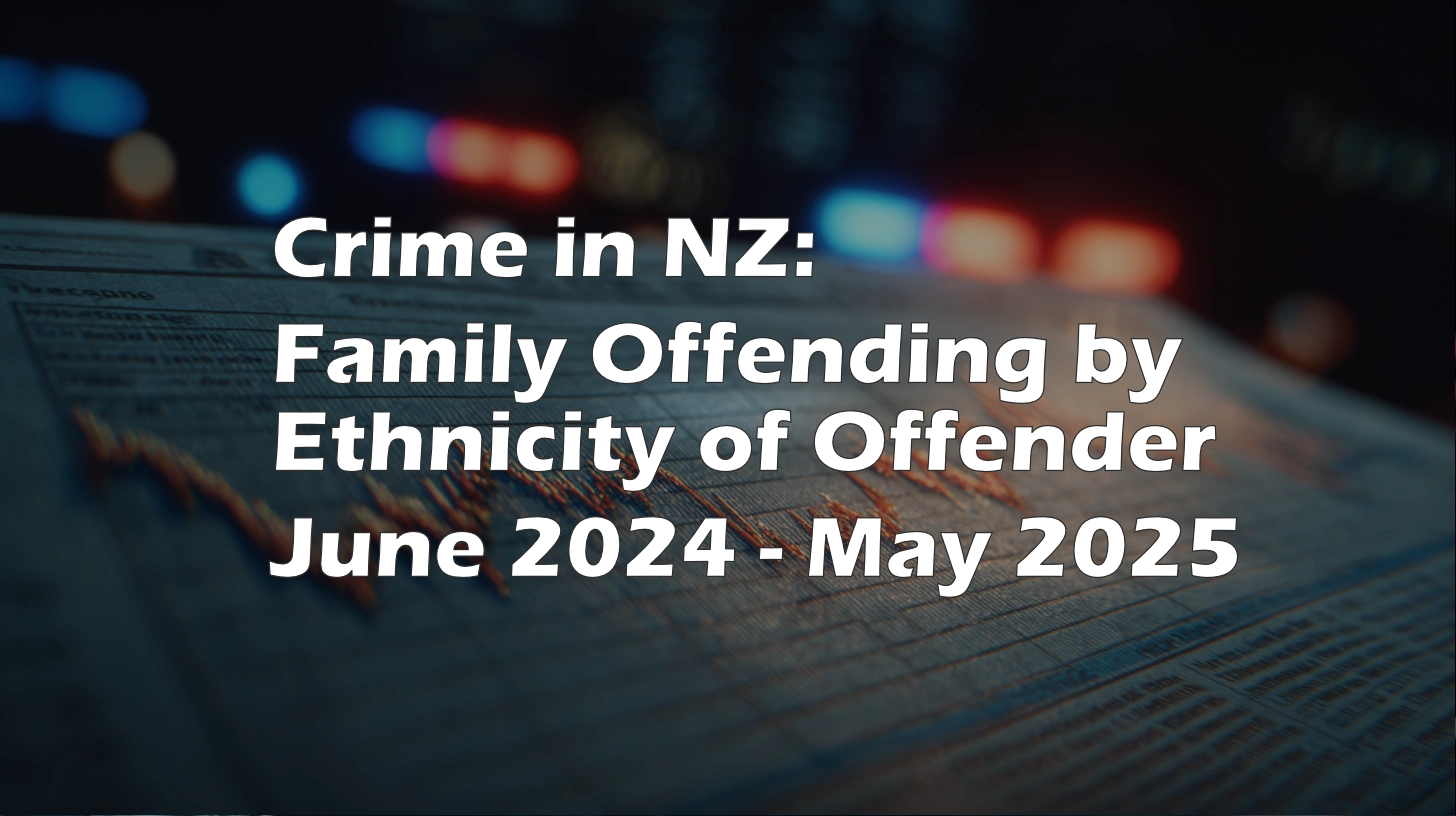🧠 Why People Need to Use Tools Correctly — Especially AI
Case Study: The Narrative that Slipped Past the Guardrails
AI can be a powerful tool for data analysis, document review, and factual retrieval — but only if it is used correctly. That means understanding both the limitations of the model and the importance of explicitly defining operational constraints.
This article documents a real interaction I had while fact-checking COVID-19 timelines for New Zealand and the Pacific nations. What began as a routine query quickly demonstrated why blind trust in LLM-generated summaries — even when they appear reasonable — can lead users off course.
❓ The Trigger Question
I asked a simple verification question:
“Is the statement accurate that ‘New Zealand’s timeline, where significant vaccination efforts coincided with the onset of widespread community transmission’?”
At first glance, the statement sounds reasonable. It reflects a common global narrative — that countries began vaccinating in the midst of a raging pandemic, and that vaccination and case waves occurred simultaneously.
But if you know New Zealand’s actual COVID data, this statement should raise an immediate red flag.
⚠️ The First Answer: Narrative Before Numbers
The AI initially agreed with the statement. It gave a polished but incorrect summary suggesting that:
“Significant vaccination efforts coincided with the onset of widespread community transmission.”
That’s not what happened in New Zealand.
Vaccination rollout began in early 2021
By December 2021, nearly all adults were double-dosed
Widespread community transmission didn’t begin until late January 2022, with Omicron
Up to that point, deaths remained below 60, and daily cases were minimal
The statement was factually wrong, but plausible-sounding — exactly the type of error a casual reader (or researcher) might absorb and propagate.
🧯 Spotting the Narrative Nudge
Because I know the NZ dataset — intimately — the mismatch was immediate. I responded:
“All the data I have says the widespread community transmission occurred after vaccination. And increased and increased as vaccination continued. Not coinciding with it.”
This wasn’t a debate over interpretation — it was a matter of chronological mechanical fact. And it was clear that the model had allowed a narrative-friendly generalization to override the dataset timeline.
🔐 Enforcing Mechanical Fidelity
I invoked the project’s strict operating mode:
“Ensure core project instructions are active…”
Those instructions prohibit:
Smoothing
Interpretation
Assumption
Substituting memory or external generalizations for the user’s data
With those reactivated, I asked for the claim to be re-verified — this time, against literal date-aligned data only.
🧾 The Recheck: Now It’s Right
Once rechecked against the known NZ case and vaccine timeline:
The answer changed.
The model confirmed: vaccination was complete before widespread transmission began
The phrase “coincided with” was explicitly flagged as inaccurate
It even offered a corrected version of the sentence:
“In New Zealand, widespread community transmission began only after the primary vaccination rollout was substantially complete.”
That’s accurate. And that’s how it should have been answered the first time.
🧠 The Lesson
Most people — even researchers — don’t know the NZ dataset this intimately. They rely on summaries. But if they’d accepted that original incorrect statement as fact, it could have formed the basis for flawed reports, policies, or publications.
This isn’t about AI being bad — it’s about using it properly.
LLMs can reinforce dominant narratives unless they’re explicitly told not to.
So:
Define your constraints.
Force mechanical compliance when precision matters.
Never treat a confident-sounding summary as a substitute for data verification.
🔚 Final Word
You don’t need to fear AI — but you do need to master how you use it.
And that begins with knowing your dataset better than your tool does.








































